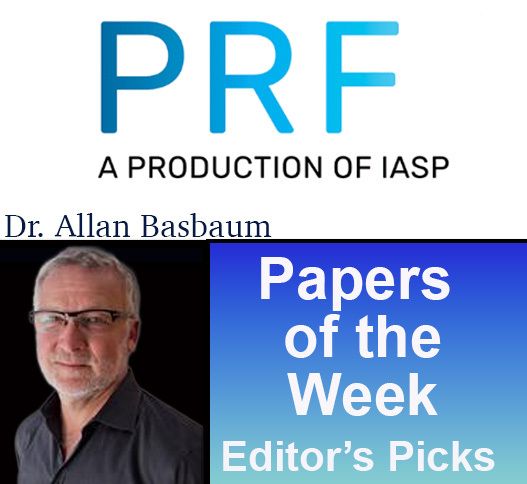Dr. Rajesh Khanna of the KhannaLabUF
@khannalabuf.bsky.social
410 followers
380 following
160 posts
We are unraveling a QR code for chronic pain | Prof. of Pharmacology & Therapeutics, Univ. of Florida COM | Director, Center for Advanced Pain Therapeutics and Research (CAPTOR) | Mayday Pain Fellow | 🇮🇳🇴🇲🇨🇦🇺🇸
ORCID: 0000-0002-9066-2969
Posts
Media
Videos
Starter Packs
Reposted by Dr. Rajesh Khanna of the KhannaLabUF
Reposted by Dr. Rajesh Khanna of the KhannaLabUF
Reposted by Dr. Rajesh Khanna of the KhannaLabUF
Reposted by Dr. Rajesh Khanna of the KhannaLabUF
Reposted by Dr. Rajesh Khanna of the KhannaLabUF
Reposted by Dr. Rajesh Khanna of the KhannaLabUF
Reposted by Dr. Rajesh Khanna of the KhannaLabUF
Reposted by Dr. Rajesh Khanna of the KhannaLabUF
Reposted by Dr. Rajesh Khanna of the KhannaLabUF
Reposted by Dr. Rajesh Khanna of the KhannaLabUF
Reposted by Dr. Rajesh Khanna of the KhannaLabUF
Reposted by Dr. Rajesh Khanna of the KhannaLabUF
Reposted by Dr. Rajesh Khanna of the KhannaLabUF
Reposted by Dr. Rajesh Khanna of the KhannaLabUF
Reposted by Dr. Rajesh Khanna of the KhannaLabUF
Reposted by Dr. Rajesh Khanna of the KhannaLabUF
Reposted by Dr. Rajesh Khanna of the KhannaLabUF
Reposted by Dr. Rajesh Khanna of the KhannaLabUF
Reposted by Dr. Rajesh Khanna of the KhannaLabUF
Reposted by Dr. Rajesh Khanna of the KhannaLabUF
Reposted by Dr. Rajesh Khanna of the KhannaLabUF
Reposted by Dr. Rajesh Khanna of the KhannaLabUF



















